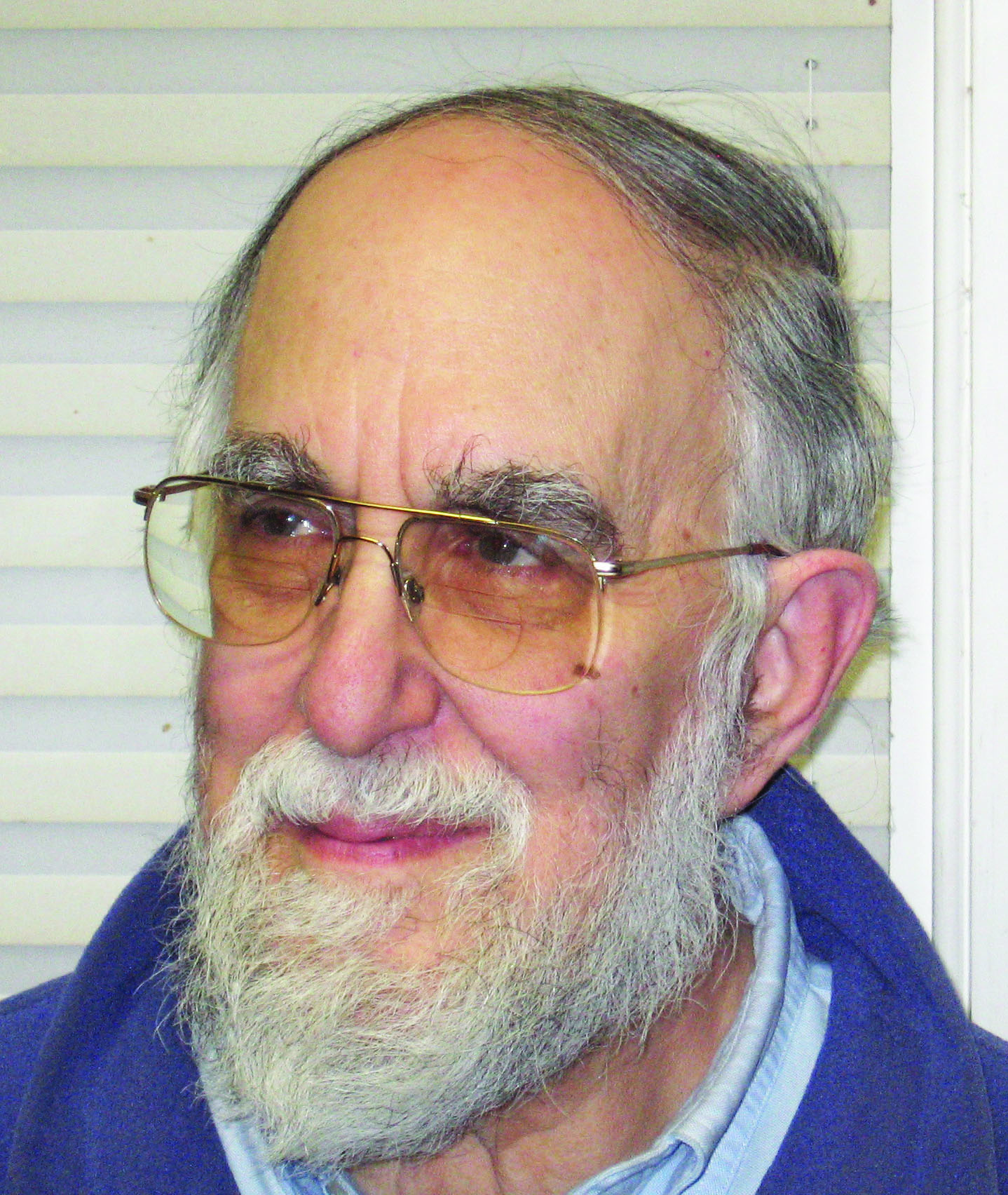Obituary: Stanley C. Eisenstat

Stanley C. Eisenstat, an internationally renowned computational mathematician and computer scientist, passed away from a pulmonary embolism in New Haven, Conn., on December 17, 2020. He was 76 years old.
Stan was born in 1944 in New York City. He received his bachelor’s degree in mathematics from the Case Institute of Technology (which later merged with Western Reserve University to form the present-day Case Western Reserve University). While at Case, Stan took his first graduate course in numerical analysis with his longtime colleague and collaborator, Martin Schultz. He completed his master’s degree and Ph.D. at Stanford University under the direction of John Herriot and Cleve Moler.
In 1971, Stan joined the faculty of the Department of Computer Science at Yale University. He remained at Yale for nearly 50 years. Stan’s employment had a somewhat auspicious start, as he began working at Yale before submitting his Ph.D. thesis and immediately found his new research activities more compelling than the mechanics of turning in his dissertation. Fortunately, the Yale administration forced him to complete his degree to remain on the faculty.
During his long and distinguished research career, Stan made fundamental contributions to algorithms in numerical analysis — with an emphasis on numerical linear and nonlinear algorithms. In virtually every case, he was responsible for developing new ways of thinking to construct algorithms. For example, Stan was heavily involved in the development of inexact Newton methods for nonlinear algebraic systems, iterative methods and preconditioning methods for linear systems of equations, algorithms and mathematical software for sparse direct methods, and fast and robust algorithms for eigenvalue and singular value decompositions.
Stan was both a strong theoretician and a world-class software implementor. He served as a key contributor to the Yale Sparse Matrix Package, a widely used software package for the solution of linear sparse systems of equations (MATLAB later adopted its sparse matrix technology). Stan also developed the so-called “Eisenstat trick,” which enables the implementation of preconditioners based on incomplete factorization with essentially no overhead cost. His work was known for its brevity and pointedness — nearly all of his important publications are less than 20 pages long. A few examples include a seminal paper with Ron Dembo and Trond Steihaug on inexact Newton methods (nine pages) [1], a study with Ming Gu on rank-one updates of eigenvalue problems that led to the development of stable divide-and-conquer algorithms for computing the singular value decomposition (11 pages) [4], and several influential papers on iterative methods that are only four pages in length [2, 3].
Throughout his career, Stan served as a mentor and éminence grise for multiple generations of young scientists—including students, postdoctoral researchers, and junior faculty—who passed through Yale under the aegis of the Yale Research Center for Scientific Computing (which Stan co-directed with Martin Schultz). People left meetings with Stan feeling that his comments had shaped some of their most important research contributions, and the majority of his mentees enjoyed distinguished careers. Stan was thus uniformly respected for the clarity and insight of his advice.
Stan played a pivotal role in the growth of Yale’s Department of Computer Science. He was devoted to undergraduate education in the department and served as the director of undergraduate studies for many years. Stan designed and taught fundamental courses entitled “Data Structures and Programming Techniques” and “Introduction to Systems Programming and Computer Organization,” and he was fiercely dedicated to both the program and its students.
Stan joined SIAM as a graduate student in 1967 and remained a lifelong member. He became a SIAM Fellow in 2018 and was cited “for development and analysis of fast computational algorithms for linear and nonlinear systems of equations.” In 1997, he received the SIAM Activity Group on Linear Algebra Best Paper Prize. Stan also served on the editorial boards of three important journals for many years: the SIAM Journal on Scientific Computing, SIAM Journal on Matrix Analysis and Applications (SIMAX), and Journal of the Association for Computing Machinery. At the time of his passing, he was completing his fourth term as associate editor on the SIMAX Editorial Board. Daniel Szyld, the former editor-in-chief of SIMAX, praised Stan’s work for the journal. “On several occasions he improved the proof of a theorem or reframed the results to make them more general or applicable to a larger class of problems,” Szyld said. “In more than one case, the authors insisted on listing Stan as a co-author in a revision that included his new results or insights.”
Stan is survived by his wife Dana Angluin, his son David, and his daughter Sarah. He will be deeply missed by everyone who knew him.
References
[1] Dembo, R.S., Eisenstat, S.C., & Steihaug, T. (1982). Inexact Newton methods. SIAM J. Numer. Anal., 19(2), 400-408.
[2] Eisenstat, S.C. (1981). Efficient implementation of a class of preconditioned conjugate methods. SIAM J. Sci. Stat. Comput., 2(1), 1-4.
[3] Eisenstat, S.C. (1983). A note on the generalized conjugate gradient method. SIAM J. Numer. Anal., 20(2), 358-361.
[4] Gu, M., & Eisenstat, S.C. (1994). A stable algorithm for the rank-one modification of the symmetric eigenproblem. SIAM J. Matrix Anal. Appl., 15(4), 1266-1276.
About the Authors
Howard Elman
Professor, University of Maryland, College Park
Howard Elman is a Professor of Computer Science and director of the Applied Mathematics Program at the University of Maryland, College Park.
Avi Silberschatz
Sidney J. Weinberg Professor of Computer Science, Yale University
Avi Silberschatz is the Sidney J. Weinberg Professor of Computer Science at Yale University. Prior to coming to Yale in 2003, he served as vice president of the Information Sciences Research Center at Bell Labs. He previously held an endowed professorship at the University of Texas at Austin, where he taught until 1993.
Stay Up-to-Date with Email Alerts
Sign up for our monthly newsletter and emails about other topics of your choosing.



